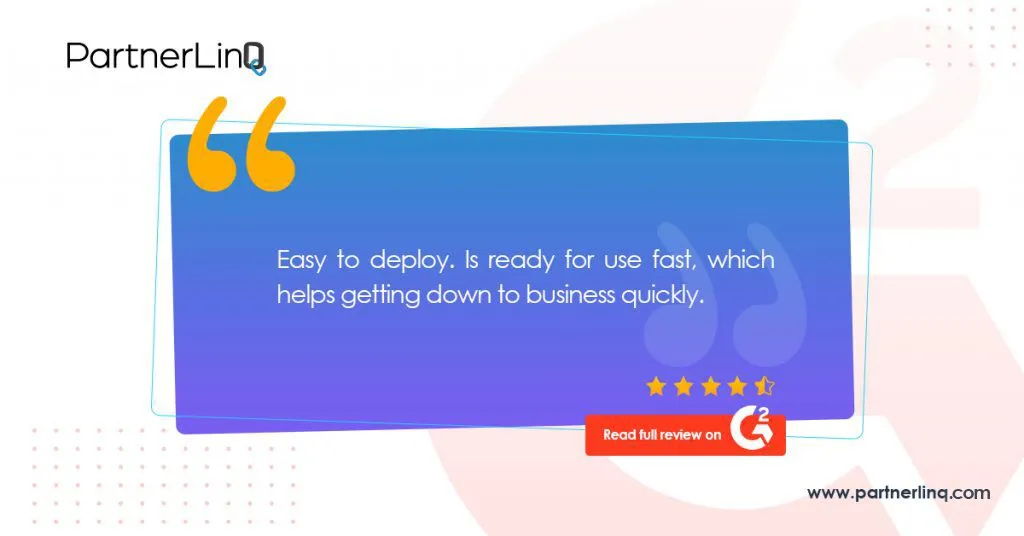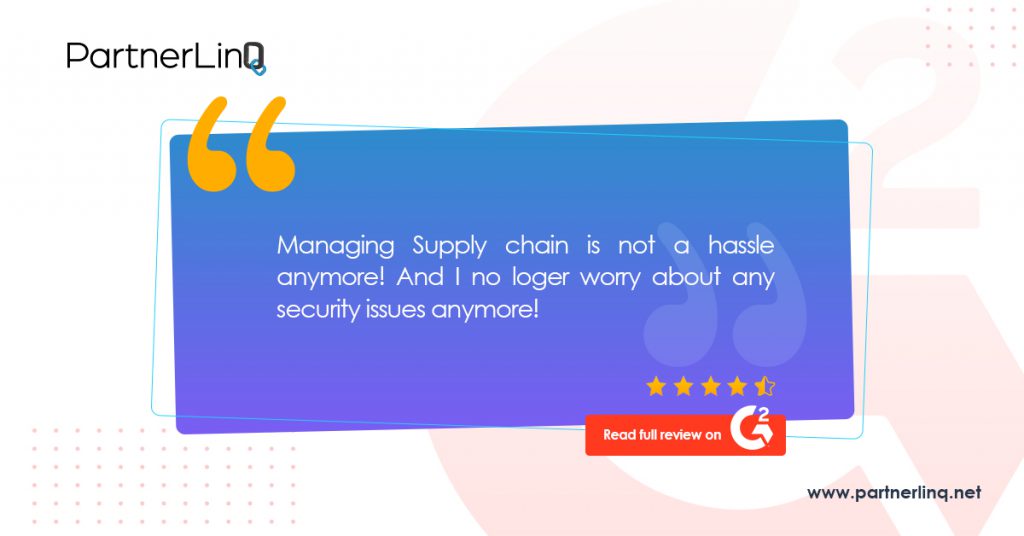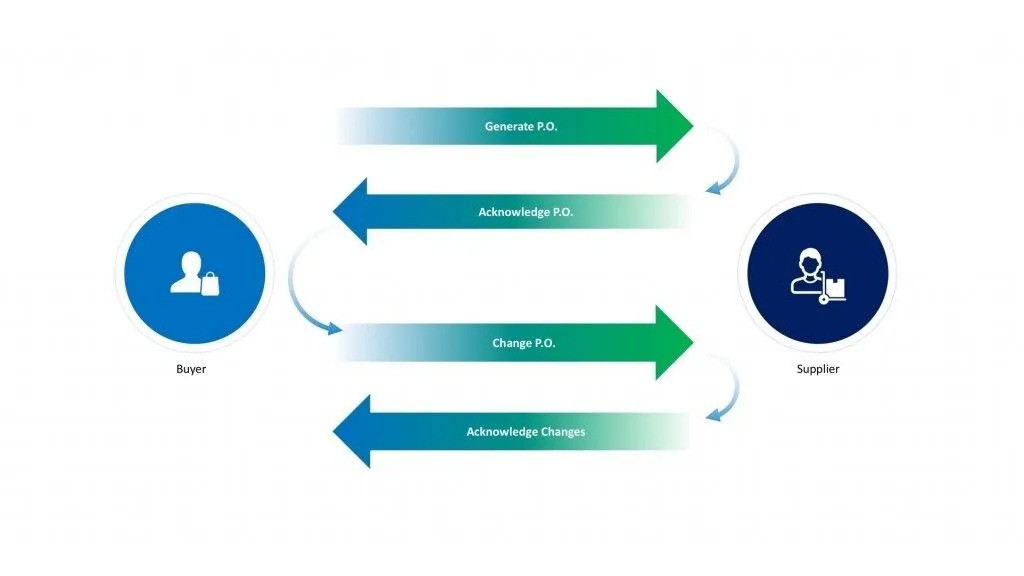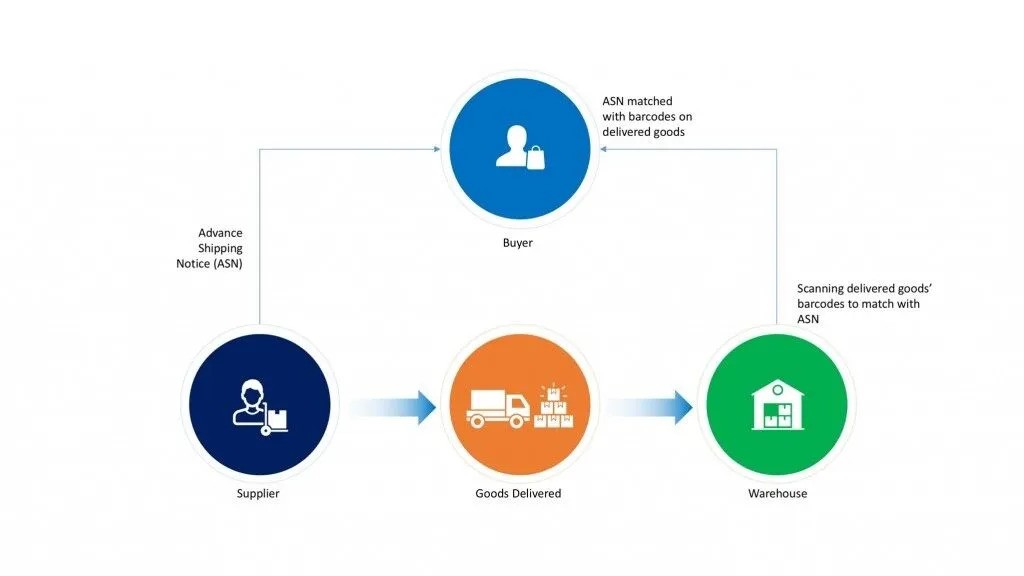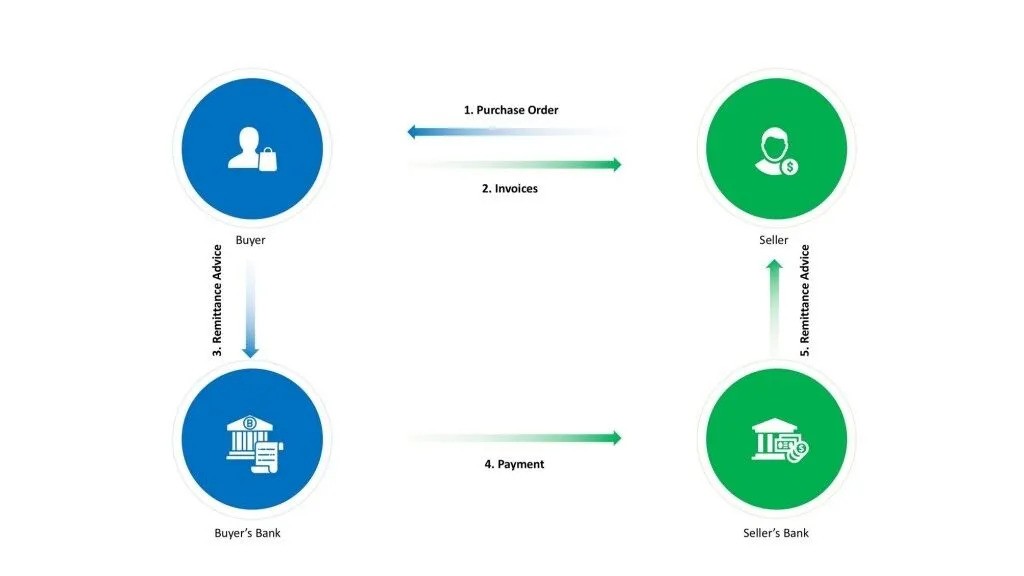Building a New Resilient Supply Chain

Building a New Resilient Supply Chain
The global marketplace today can perhaps be described as volatile. Prices are on the rise, shortages are popping up unexpectedly and in unexpected places. Many major retail grocers are expecting center store sales to increases, an indication of things to come.
While supply chains have become more extensive and interconnected, they have also shown unprecedented instability in the face of disruption. In the wake of COVID-19, the fragile stability of lean supply chains found difficulty in recovering quickly in the face of disruption. What has emerged is a succession of supply side ripples across multiple industries. The ripples collide until at last they reach the end of the line and, similar to the domino effect, as one chain ends another begins in sequence. Many of the assumptions upon which the lean manufacturing model was created, were undone by market and environment variables that emerged during the onset of the COVID disruption.
Organizations are beginning to accept a pretense of recovery amid a truly formidable challenge of accelerated customer demand and labor shortages, and while research indicates that retail sales can grow by as much as 10.5% to 13.5% to generate more than USD 4.4 trillion in this year, there are concerns. Having undergone unprecedented and unwelcome change throughout the past year, suppliers require stability and flexibility to tackle the surging demand. Resisting instability forms the key priority for retail suppliers, which brings focus to resilience.
21% That’s the number of respondents in a recent Gartner survey who affirmed that they have a resilient network at present. Giving context to the figure, resilience implies elevated visibility, persistent velocity in moving product from source to destination while avoiding supply chain constraints. In this current moment of volatility in the market, it is imperative for retail suppliers and retail enterprises to increase their supply chain resilience.
Becoming more resilient is no longer a luxury for supply chain leaders. The long-standing tradition of lean manufacturing and its entrenched philosophy will be the challenge to overcome. Supply chains need to be efficient as well as resilient, and practices such as redundant supply chain operations, alternative factories, and ample safety stock need to be developed in parallel with productivity and performance improvements. Supply chains also need to maintain compliance substituting lesser performing partners for those more suited following the COVID disruption. The widespread disruptions affected supply chain monitoring and audit and while enforcement may have been relaxed, performance improvements can only be brought about by effective monitoring and accounting. In order to holistically build a resilient supply chain network, retail suppliers need specific data elements to be incorporated into their supply chain and a robust solution methodology which combines five important elements is key.
Connectivity
A surefire approach to building supply chain resilience in retail is ensuring anytime, anyone, anywhere communication, systems need to be ‘access anywhere’ supportive of SSO (Single Sign on) and active directory. Manual partner-to-partner communication requires a lot of paperwork and must be reduced in light of staffing shortages. Manual communication methodologies lead to errors and errors mean more human intervention. Automatic and secure document flows compatible with multiple enterprise level system and capable of a variety of data interchange formats and in real time delivers resilience.
Flexibility
A significant aspect of resilience is ironing out friction within the network. A resilient supply chain must be flexible and able to fix critical issues with the least amount of effort. ‘Fix-on-the-fly’ functionality reducing human interaction increases flexibility. An efficient business rule manager is key to incorporate such flexibility. Reusable business rules ensure seamless partner onboarding and transaction integration. Reusable sets of business rules allow for the conservation of scarce technical resources and ease of use. The addition of reusable rules to rule sets to overcome existing issues, and proactive alerting based on business rules means time to make a correction where and when necessary. Change, through a business rules engine can be automated and in real time. Audit functions mean changes can be rolled out, and rolled back if that become necessary.
Adaptability
Perhaps the greatest lesson that the past year has taught suppliers in retail has been the importance of adaptation. The transition to digital and the prominence of ecommerce platforms has been well documented in the retail industry. An omnichannel strategy covers all potential channels for distribution and sales. An omnichannel strategy makes sense amid market disruptions such as we’ve seen this past year and a half. An omnichannel strategy means demand can be met with convenience and speed. While a stand-alone omnichannel strategy as a solution is one way to meet demand, leveraging a common process workflow to bring transactions in or out of the enterprise the same way every time means an increased ability to create multiple trading relationships and do so quickly. By eliminating the need for additional support or maintenance, a common process workflow takes partner on boarding to a new level while increasing the utility of business rules reduces the dependencies on map and mapping activities. Combining centralized B2B communication with such a workflow results in a highly independent system in which transactions and business processes are handled automatically, accounting for connection changes, partner onboarding, acquisitions, mergers and complete enterprise migration without adding disruption.
Accountability
With much of the COVID disruption behind, and planning and change ahead, compliance has never been more important for retail suppliers. A flexible and effective event notification processor to stay on top of supply chain events and issues in real time becomes a valuable tool. Such rules-based processing must be backed by comprehensive audits, reports, and analytics. Such tools must be visible across the internal supply chain operation. Transaction transportation, transformation and integration tools must include analytics to ensure consistent business operations, keeping disparate teams in touch with the latest goings-on in the supply chain domain.
The Way Forward
Accepting resilience is just the first step. The path includes overcoming challenges like supply chain and labor shortages and success in resilience is achieved by combining five key elements:
- Centralized communication across multiple methods, formats, and platforms
- Flexible business rules, business rules management, and alerting.
- An adaptive common processing workflow that simplifies onboarding and processing
- Visibility, accountability, and adaptability
- Easy access to these key elements and in one place.
A resilient path will quickly deliver an elevated level of performance, particularly important as the retail industry begins to leave the COVID disruption behind and starts to engage with the new normal.
 PartnerlinQ
PartnerlinQ



